Description
Rare sculpture after the Antique, cast iron art proof.
Epoque XIX.
83 x 60 x 41 cm.
Jean-Jacques DUCEL (1801-c.1880) and Co. The model of this statue belongs to the catalog of the foundry J. J. DUCEL, Master of Forges in Paris, rue du Fg Poissonnière. Stamp on the plinth: J. J. DUCEL – Master of Forges – Paris. Cast iron refers to both a material (cast iron), a technique (foundry), a product decorated as standard (mainly statuary) and urban equipment (monumental fountains, Wallace fountains, benches, candelabras, entrances Metro stations signed Guimard).
The cast of art, born in the early 19th century, reached its peak in the late 19th century. It has responded to a demand for decorative art (private and public) in a twofold progress: that of iron metallurgy and that of the city (urbanism of Haussmann type). The realization of statues (in the broad sense: real characters or decorations of monuments or fountains) passed by the bronze: metal easy to melt, giving a modeled end appreciated by the sculptors. Bronze is expensive, but is perfectly suited to an aristocratic art, making it worthy of “powerful” artists.
At the beginning of the 19th century, a double evolution was noted: for reasons of cost, the quality of the bronzes deteriorated. And the technique of lost wax, equally difficult and expensive for large pieces, has been competed with by sand casting.
The nineteenth century is the century of iron: the blast furnaces develop in capacity while the ironmasters work to improve the quality of products: cast iron, soft iron and steel. The English iron and steel industry is the model that other European countries seek to match. In the iron foundry field, the traditional products that prefigure the ornamental foundry are the mantelpiece, the ornamental vases. It was not until 1809 that in Paris was installed the fountain of the Institute, Quai Conti. Modifying the forecourt of the Mazarine chapel which hosts the French Academy, the architect Antoine Vaudoyer takes again the drawing of the lions which decorate the fountain Aqua Felice in Rome (also known under the name of Fontaine de Moïse). The foundry of Le Creusot in 1810 produced four lions in cast iron, now installed square Henri-Farmann Boulogne-Billancourt. It is this same foundry that will produce the lions and the basin of the fountain of the Water Tower, today in La Villette (1811).
At that time, architects and urban planners dreamed of generalizing the use of cast iron: see the project of Adrien-Louis Lusson, to create thirty monumental iron fountains in Paris.

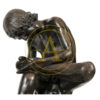
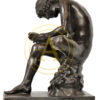
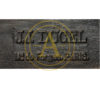
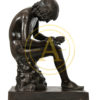
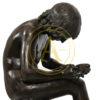
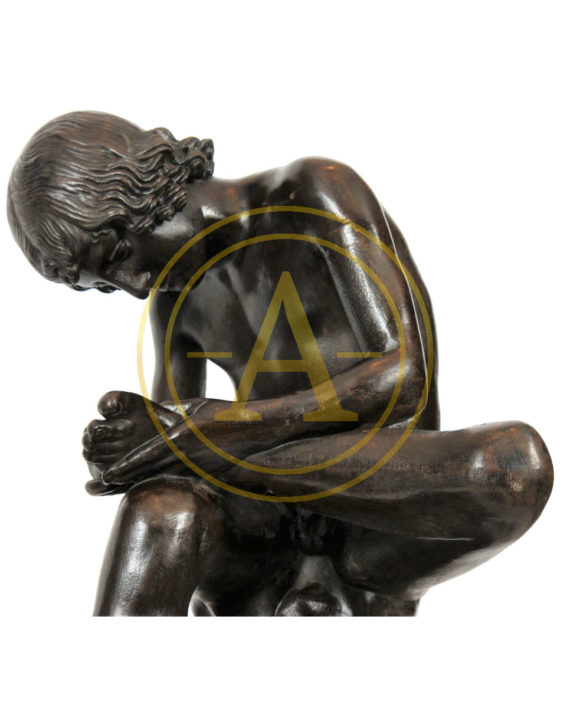
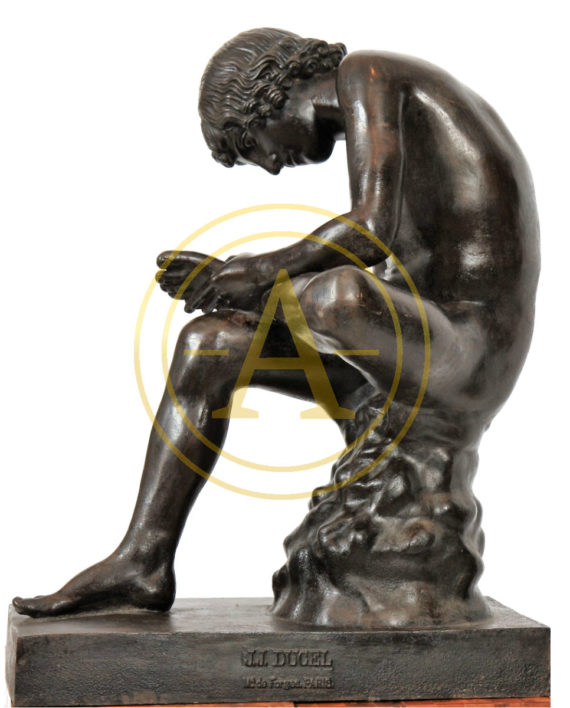
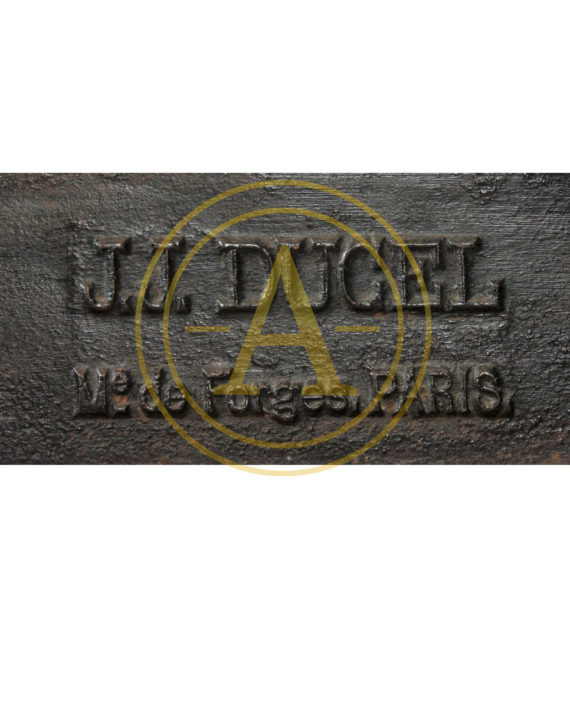
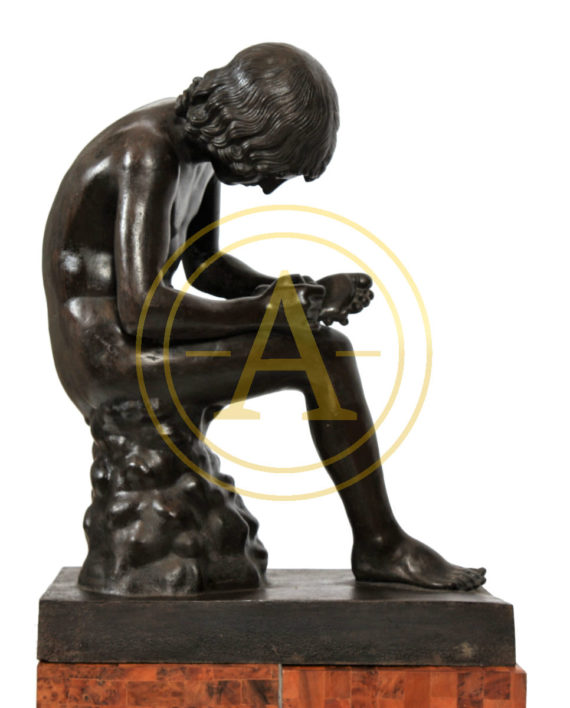
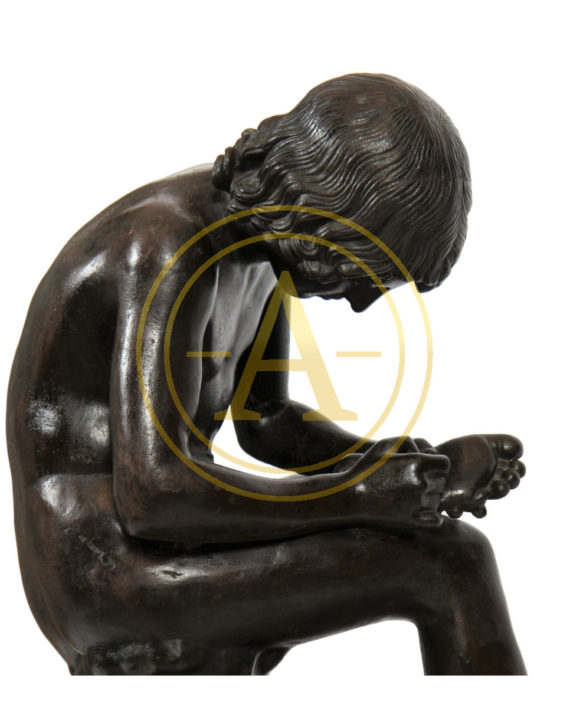
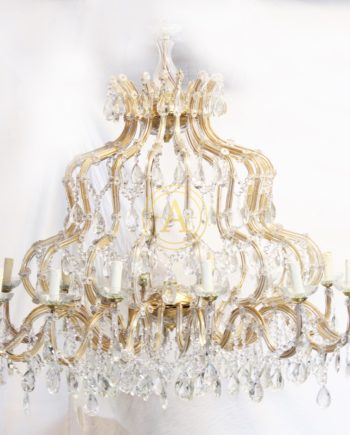
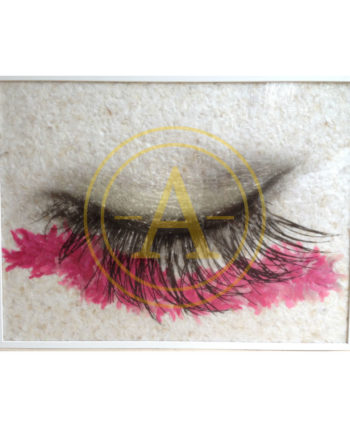
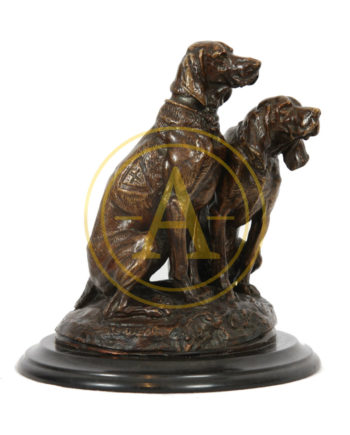
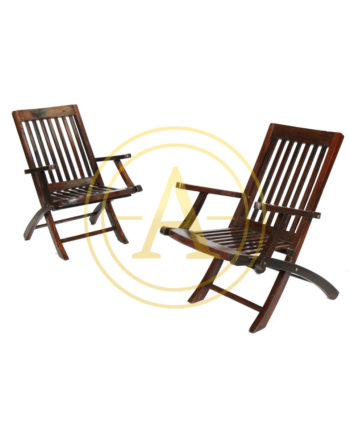
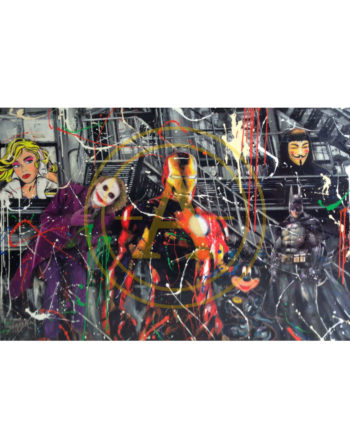
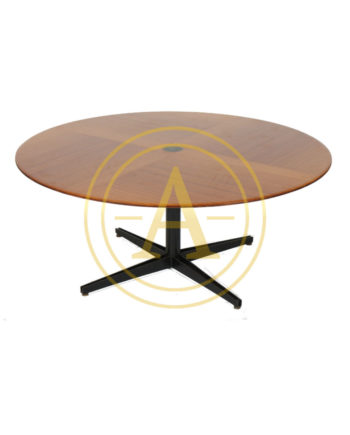
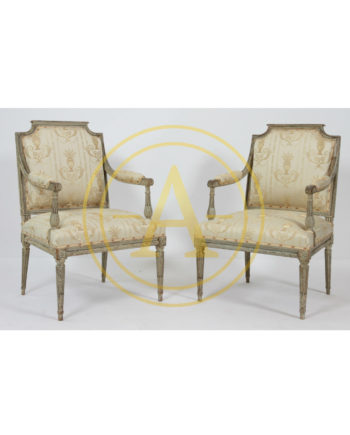
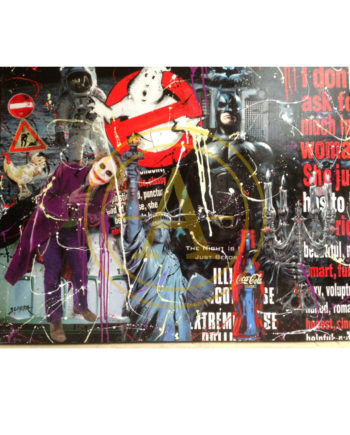
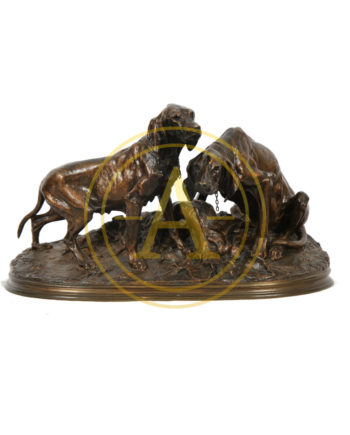
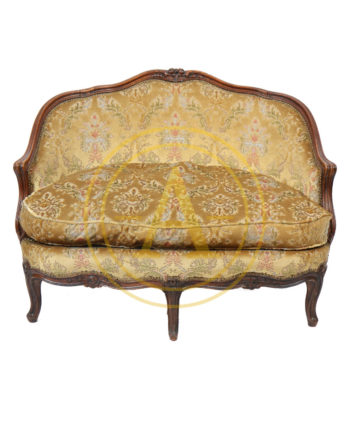
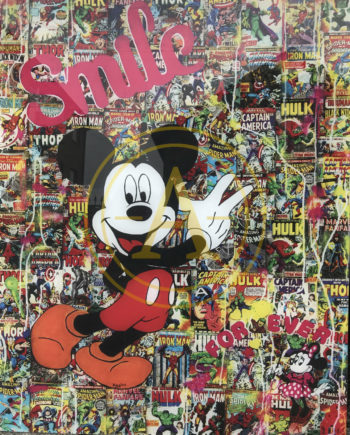
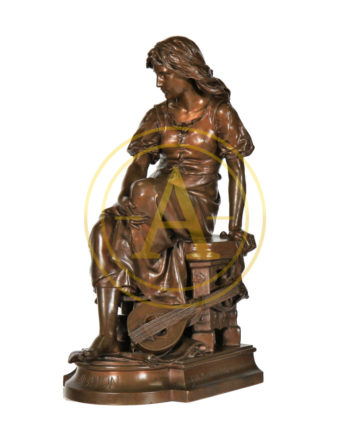

Reviews
There are no reviews yet.